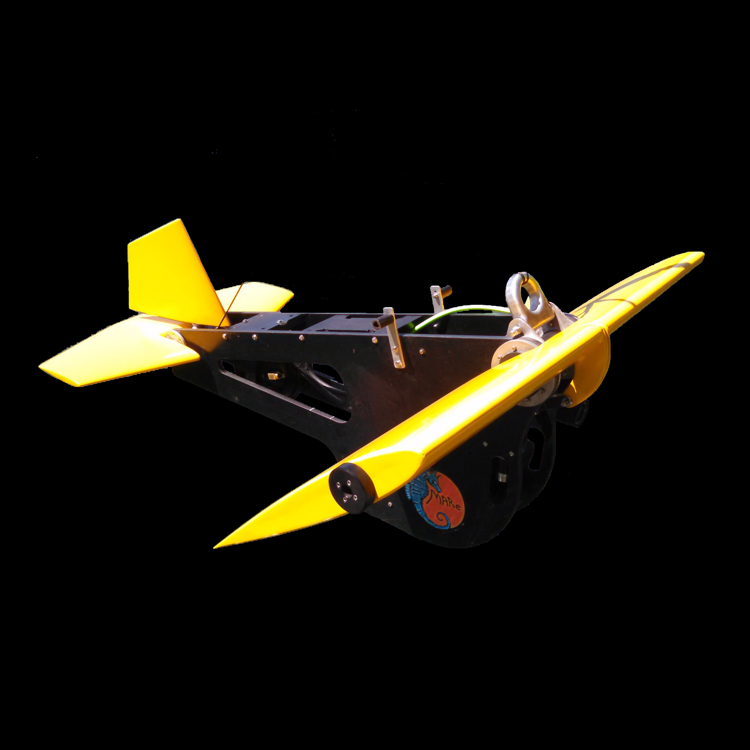BATFish
BATFish
The BATFish is a hydrodynamic tow-sled that provides an economical broad-area visual survey. It has 2 cameras, lights, multi-beam sonar, altimeters and recorders and weighs just 130 lbs.
The BATFish is designed to be flown from a small (i.e. 25 ft) boat of opportunity with minimal crew. It requires power at standard 110 VAC, 12 AMP (or 220 VAC, 6 amp) minimum.

The BATFish offers unmatched deployment flexibility. It is small and lightweight, requiring only a small (25-foot) boat and two people for launch and data collection. It transport easily, even in checked baggage on a passenger flight, thereby enabling researchers to work out of virtually any harbor using local boats of opportunity. Surveys could even be timed to coincide with fair weather, which is important in areas with frequent severe weather. Currently available systems require at least a full day of mobilization and require large, expensive transportation vehicles, and as well as large (50-foot) boats, which are much harder to book. The BATFish’s cost per kilometer surveyed is one-third the cost of the system currently used.
The BATFish collects state-of-the-art data. It uses the same data collection systems currently used on more expensive survey platforms, including HD digital video and still cameras to document fish, invertebrates and habitats. All data is digitally archived and referenced by GPS position, depth, altitude, time and date.
”Recent developments in digital camera technology have vastly increased our ability to carry out visual surveys of marine habitats. A vehicle like the BATFish would improve our capabilities further. By dramatically lowering the costs associated with getting our cameras in the water, the BATFish would enable more survey data to be collected across more habitats.”
–Dr. John Butler, Southwest Science Center, National Marine Fisheries Service
“I enthusiastically support MARE’s efforts to develop the BATFish. If we are to do a better job of managing coastal marine resources, we will need to understand these resources and their associated ecosystems far better than we do today. Yet affordable technologies for the collection of undersea imagery are still very limited. The BATFish will address a critical gap in this paucity of research technologies by reducing the cost of surveys in the 20 to 100 meter zone—the zone in which most of California’s living marine resources occur.”
–Dr. James Lindholm, Institute for Applied Marine Ecology, Cal State University Monterey Bay

